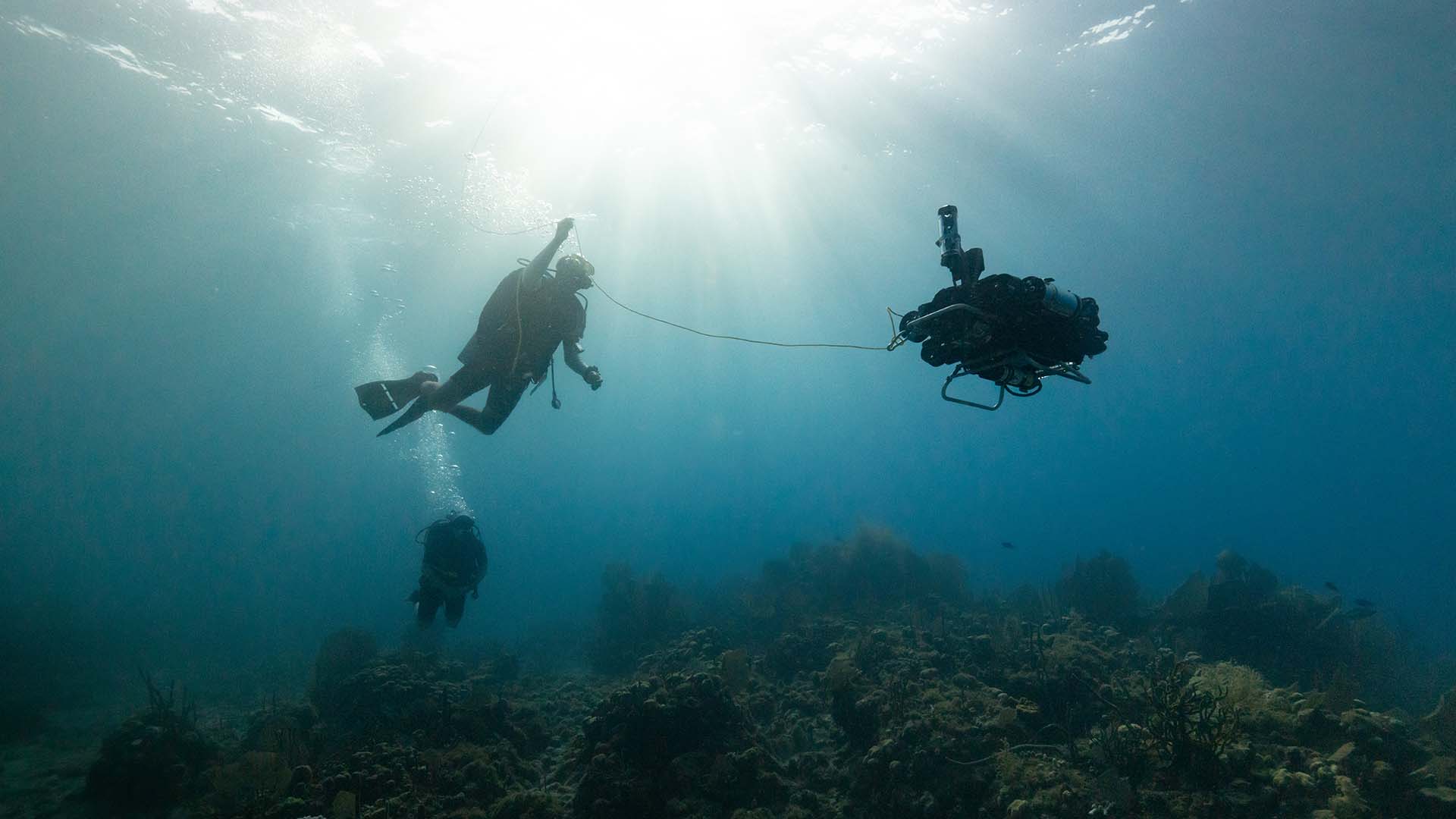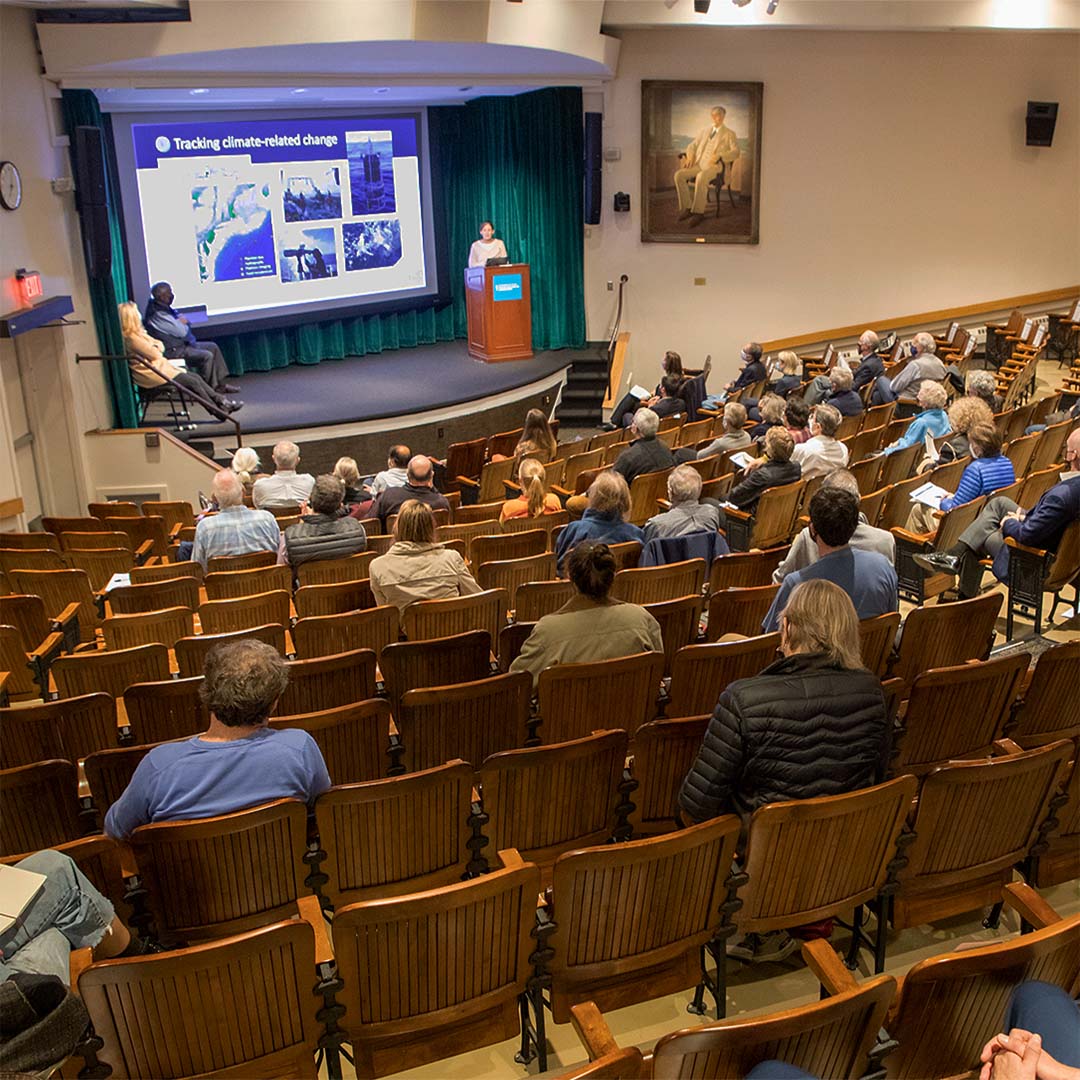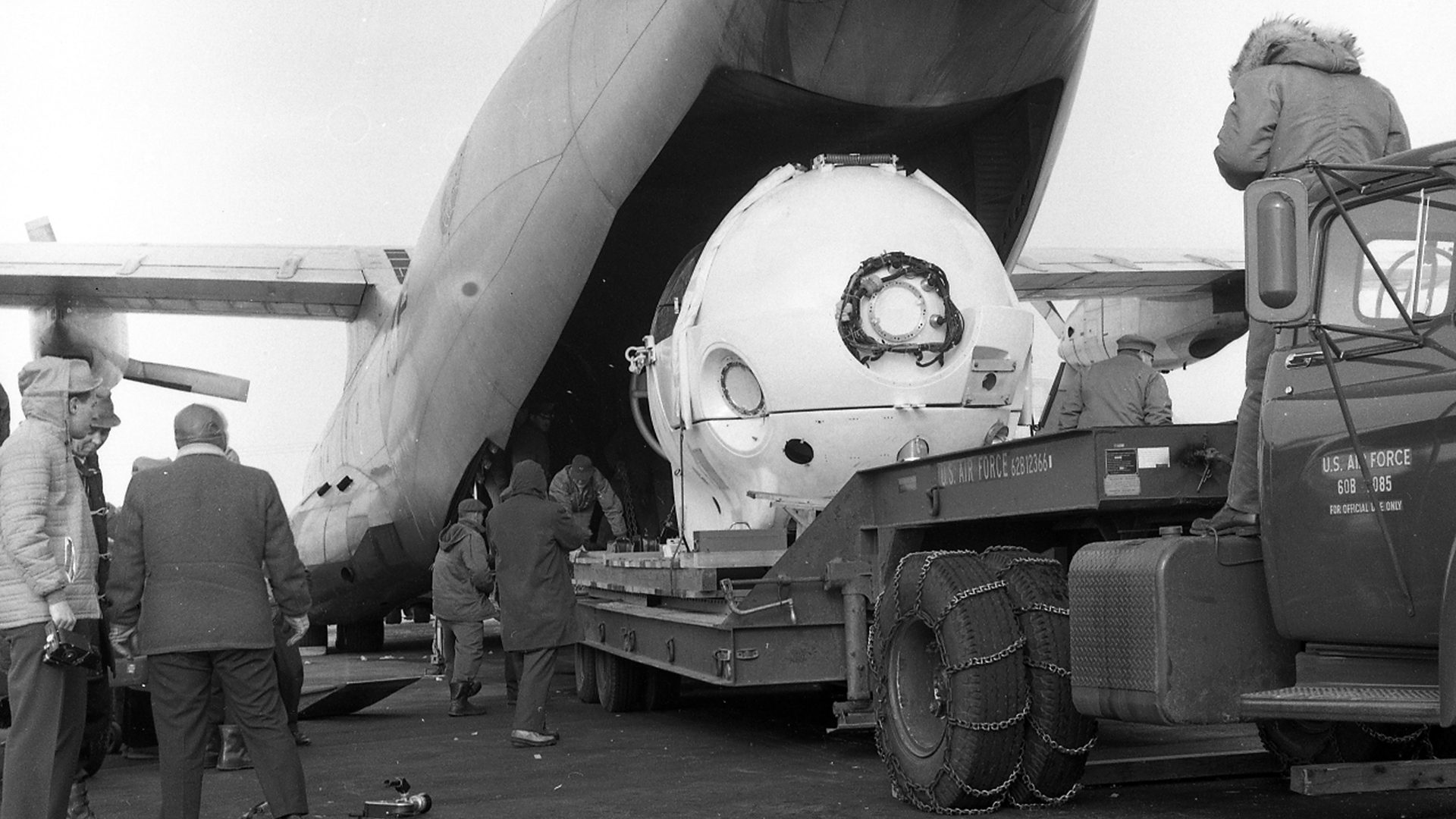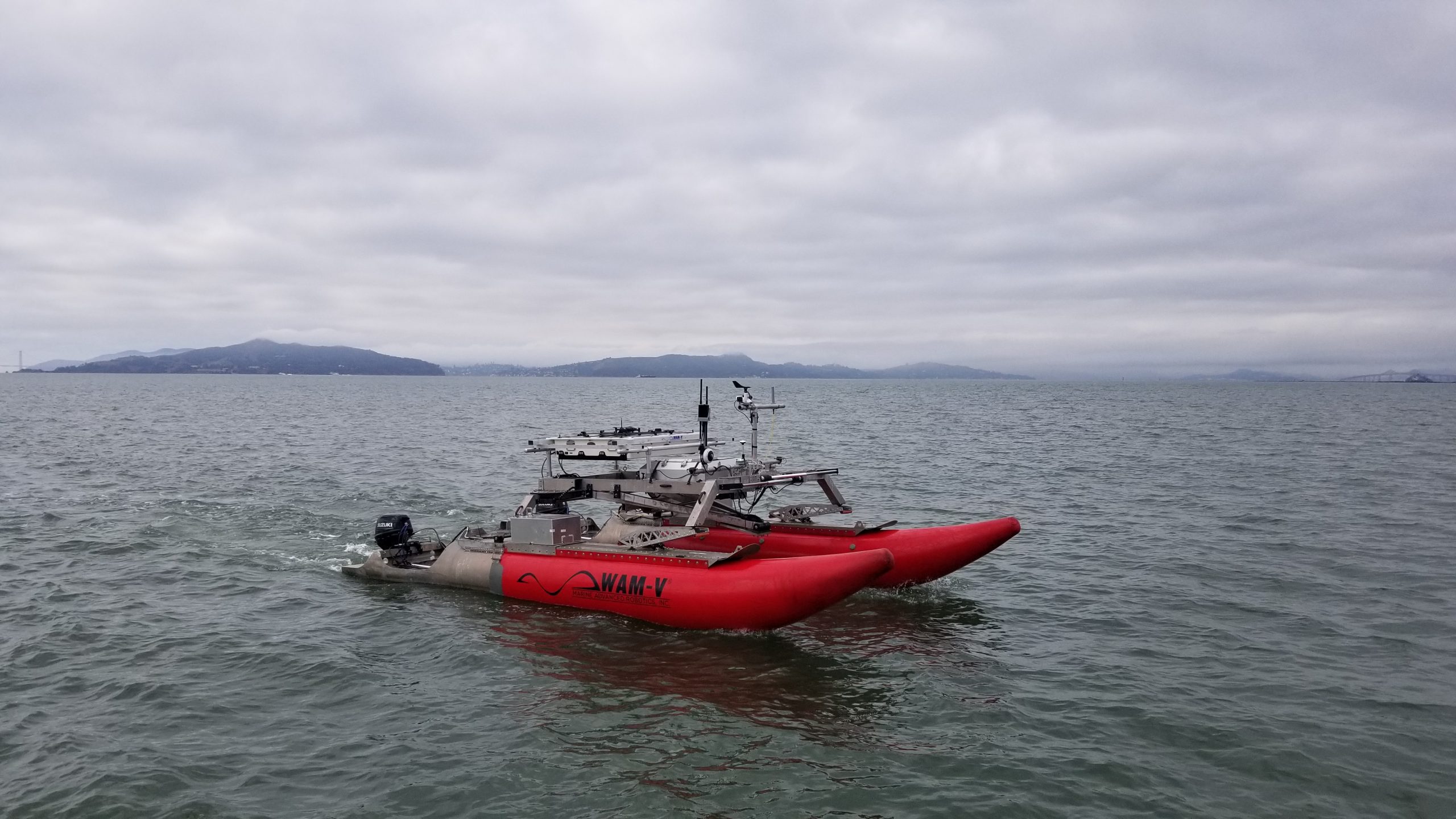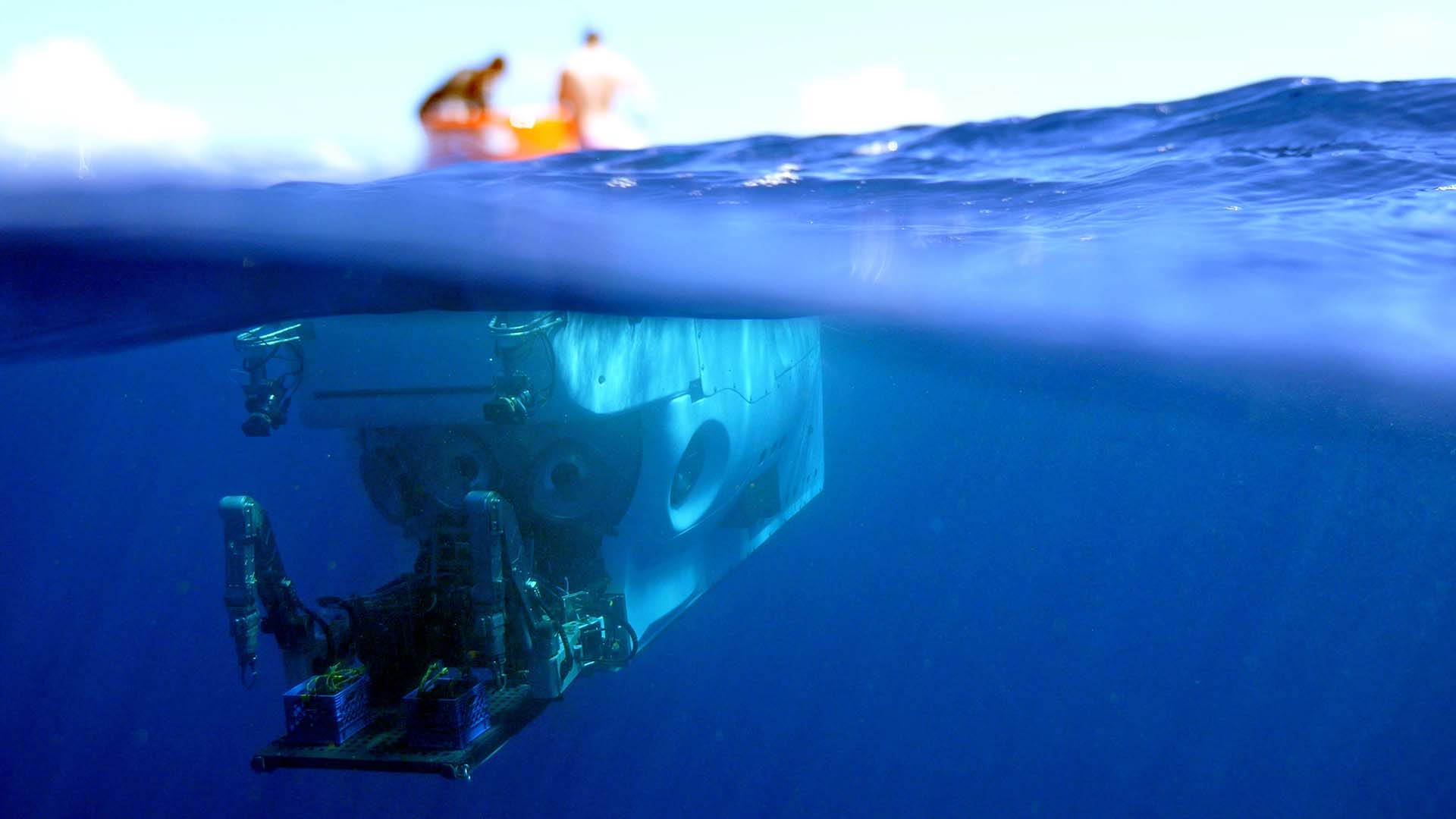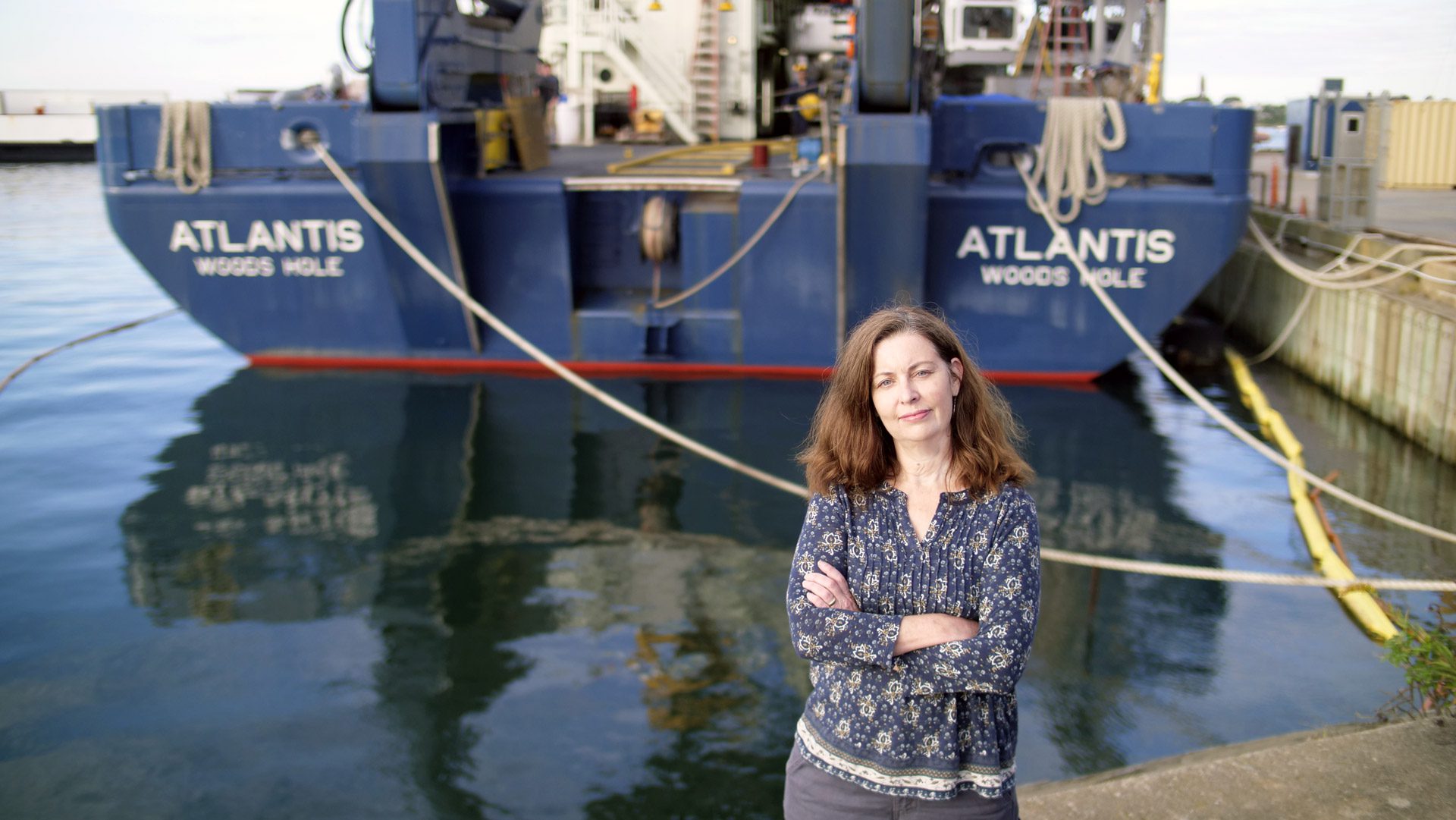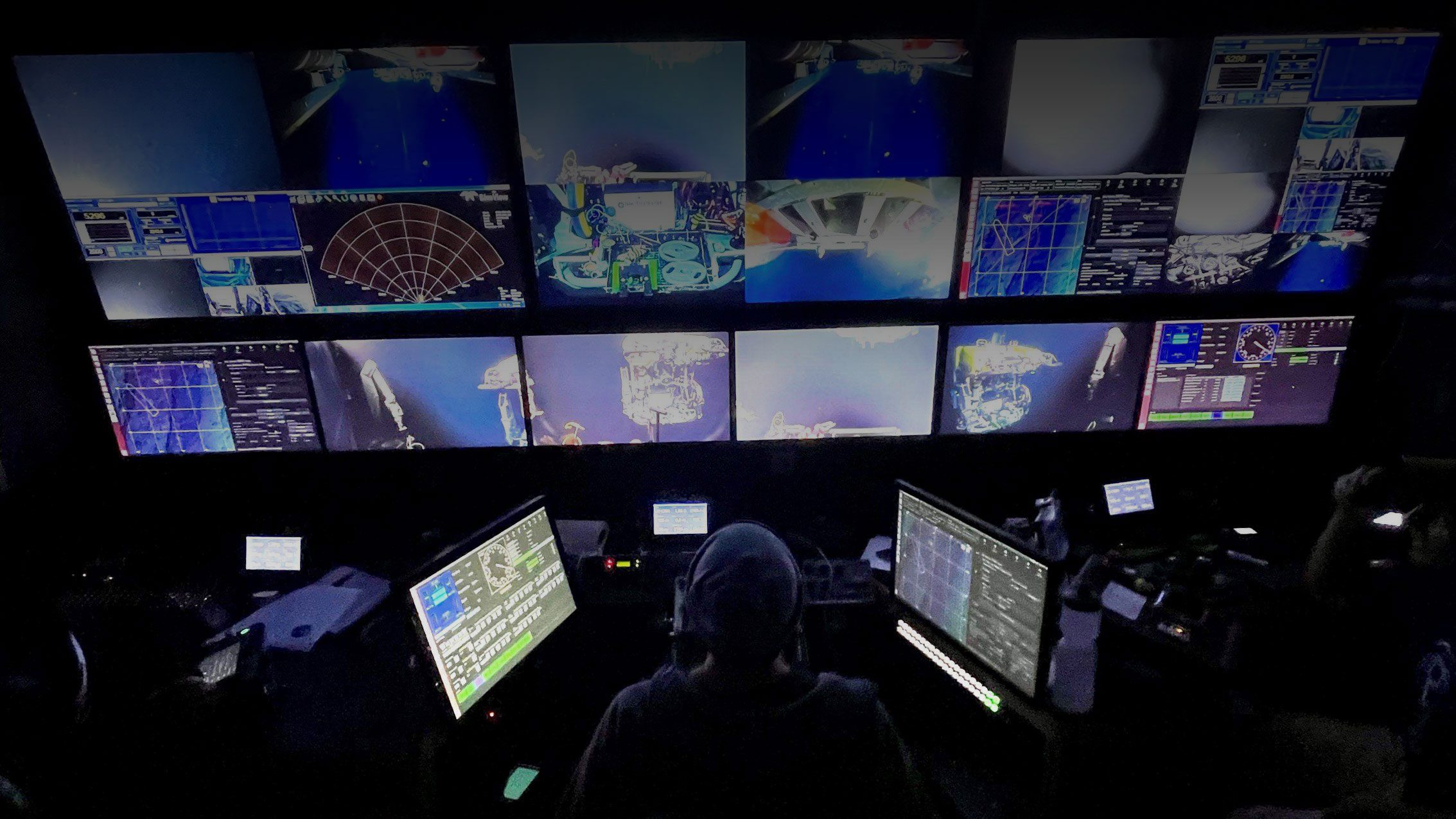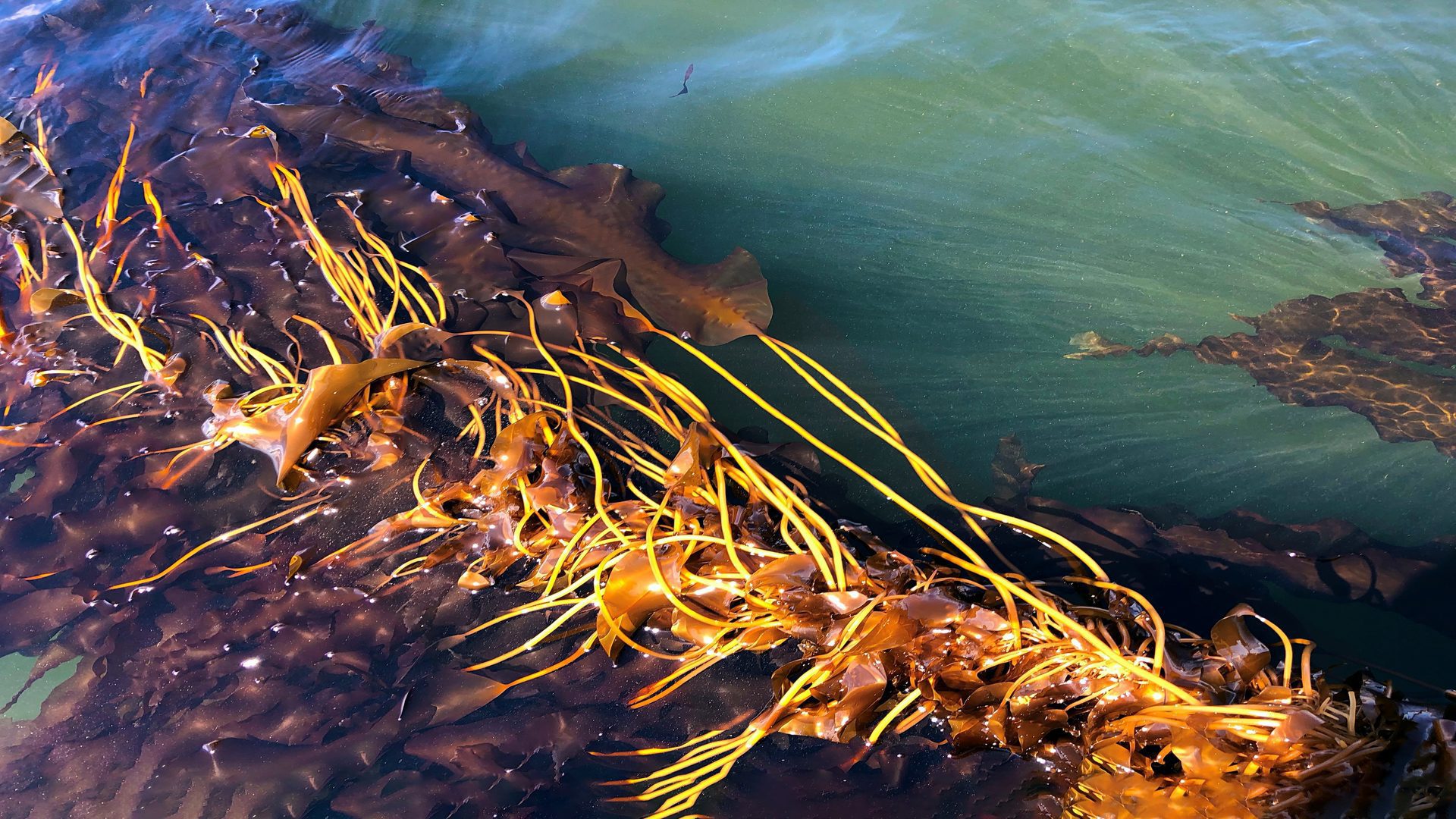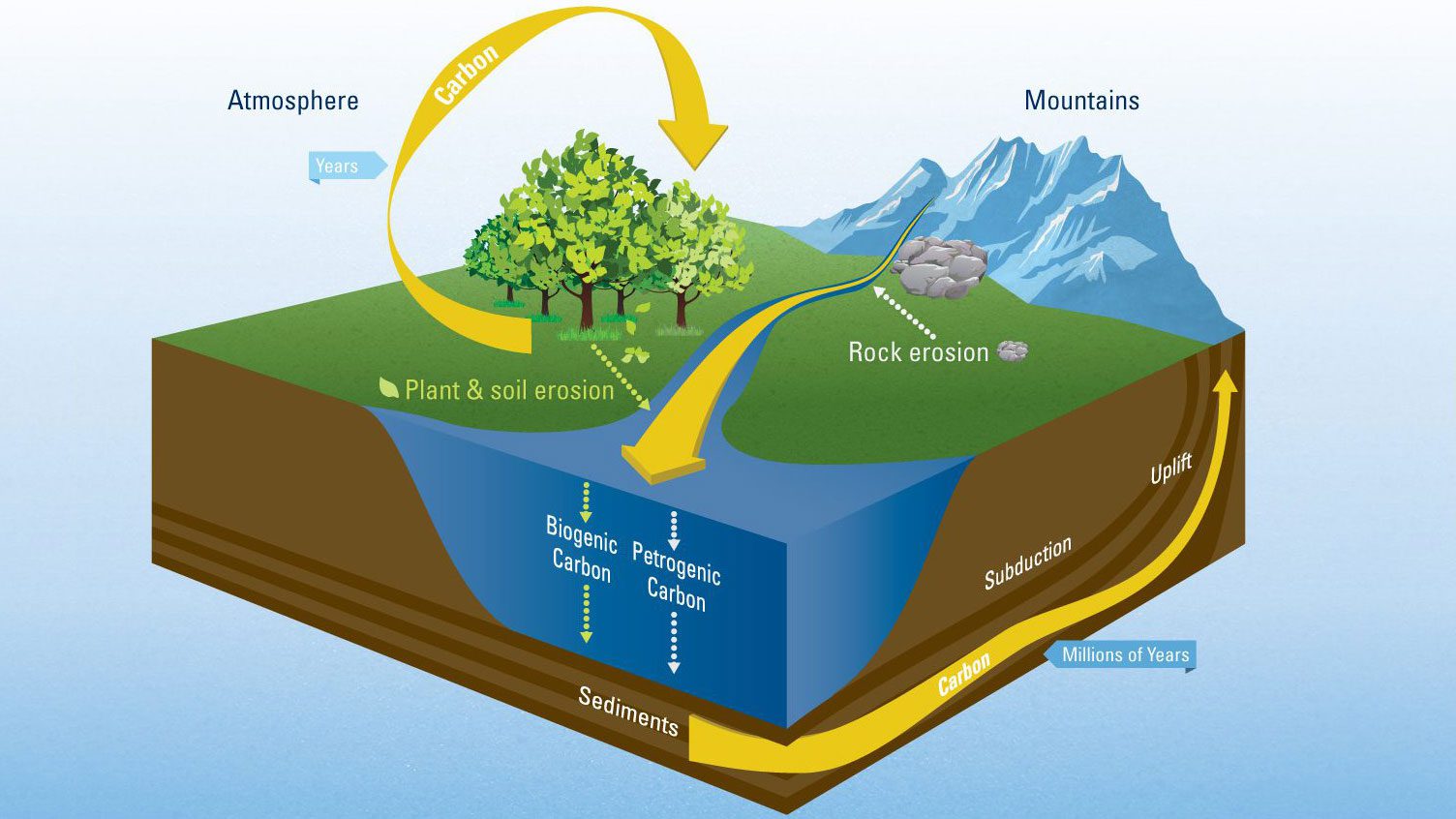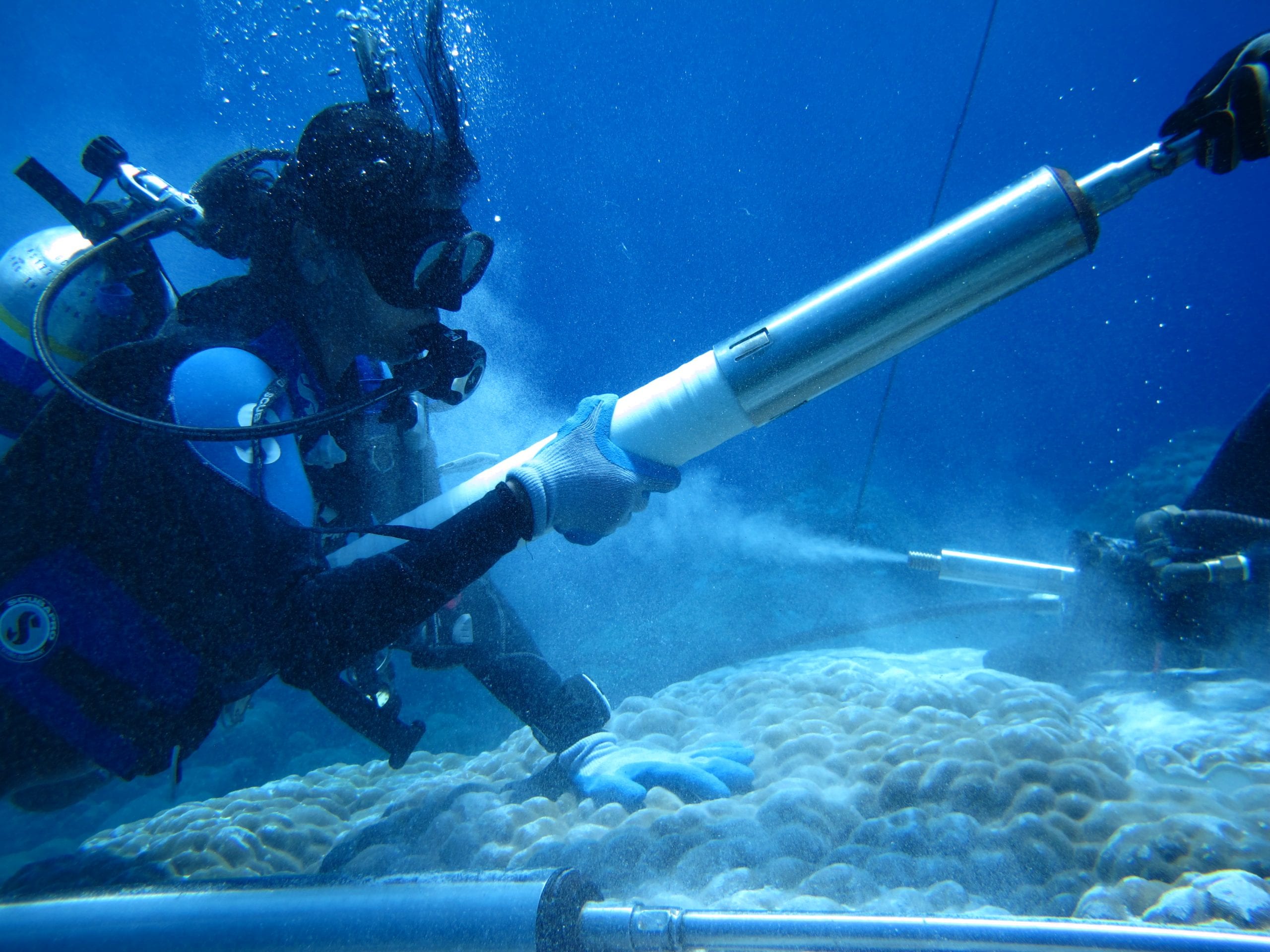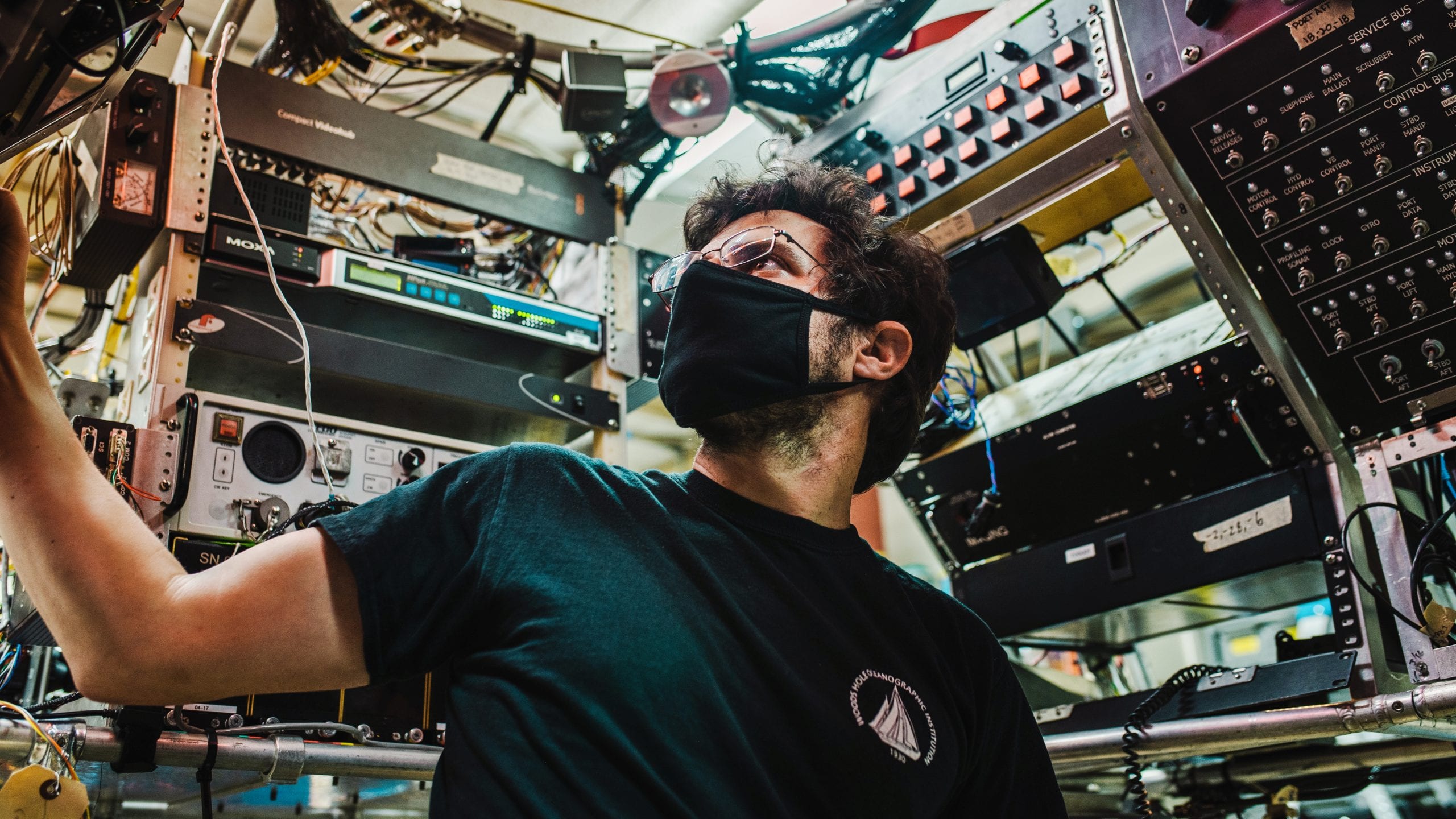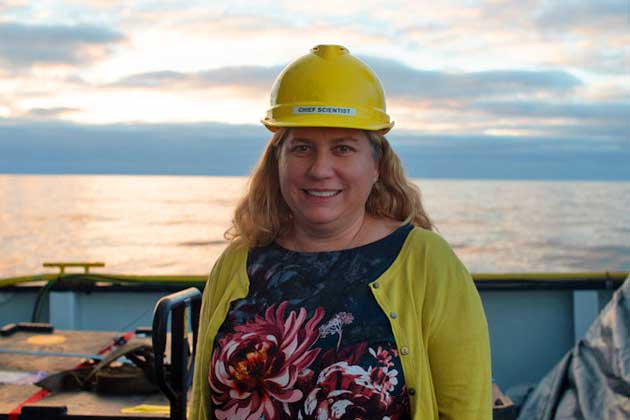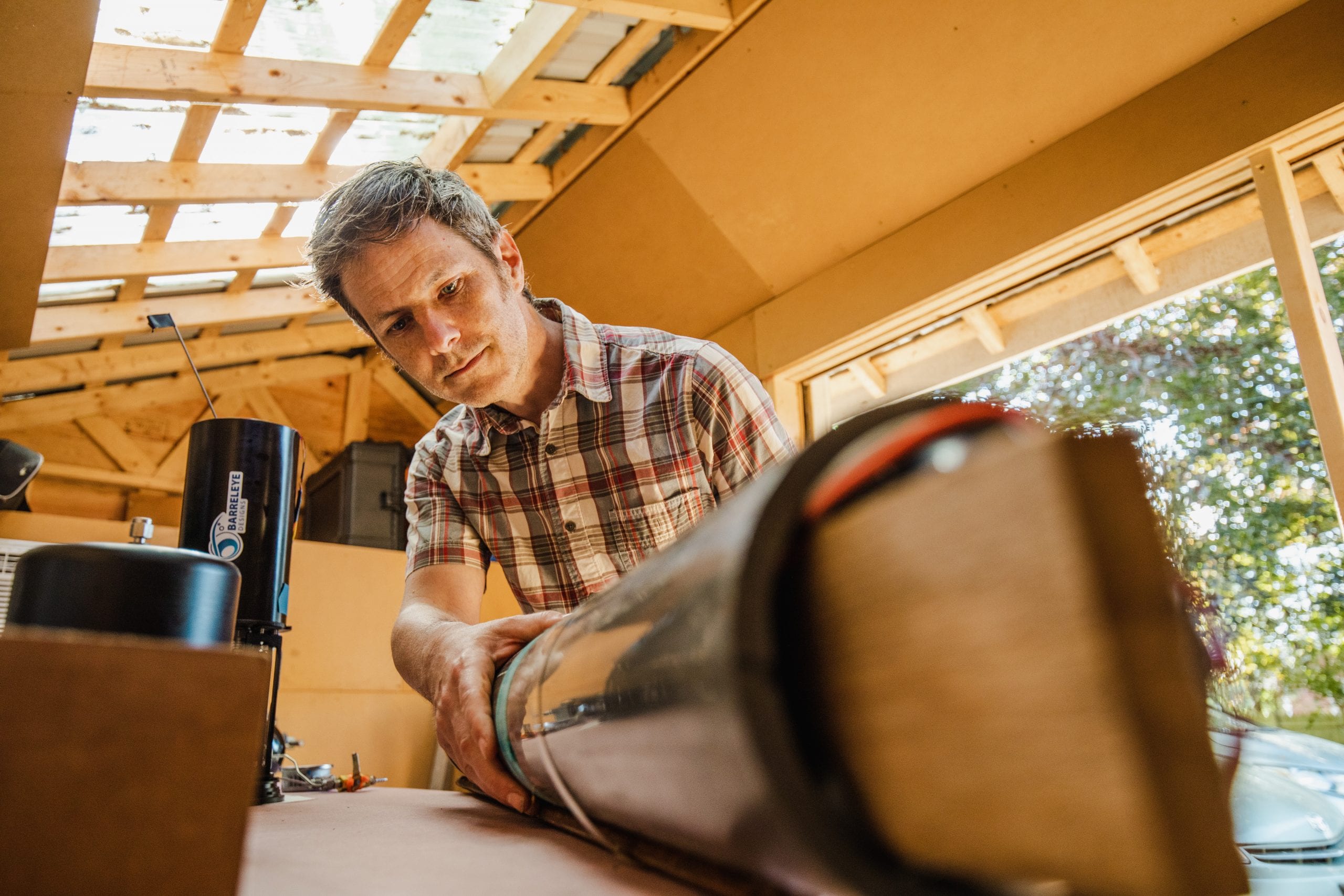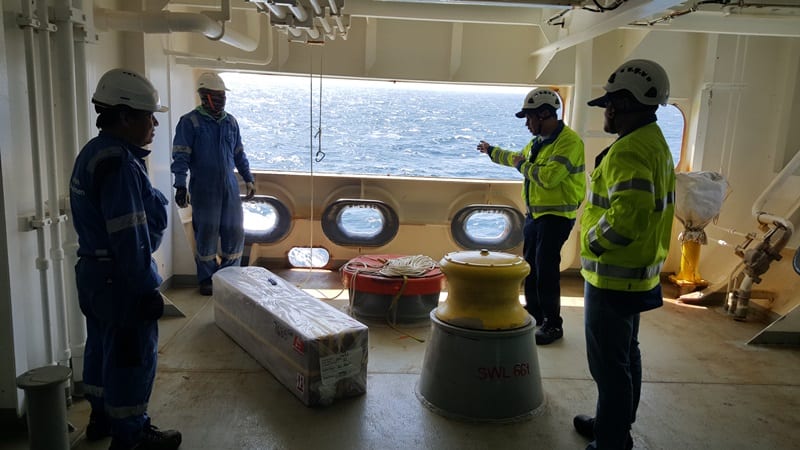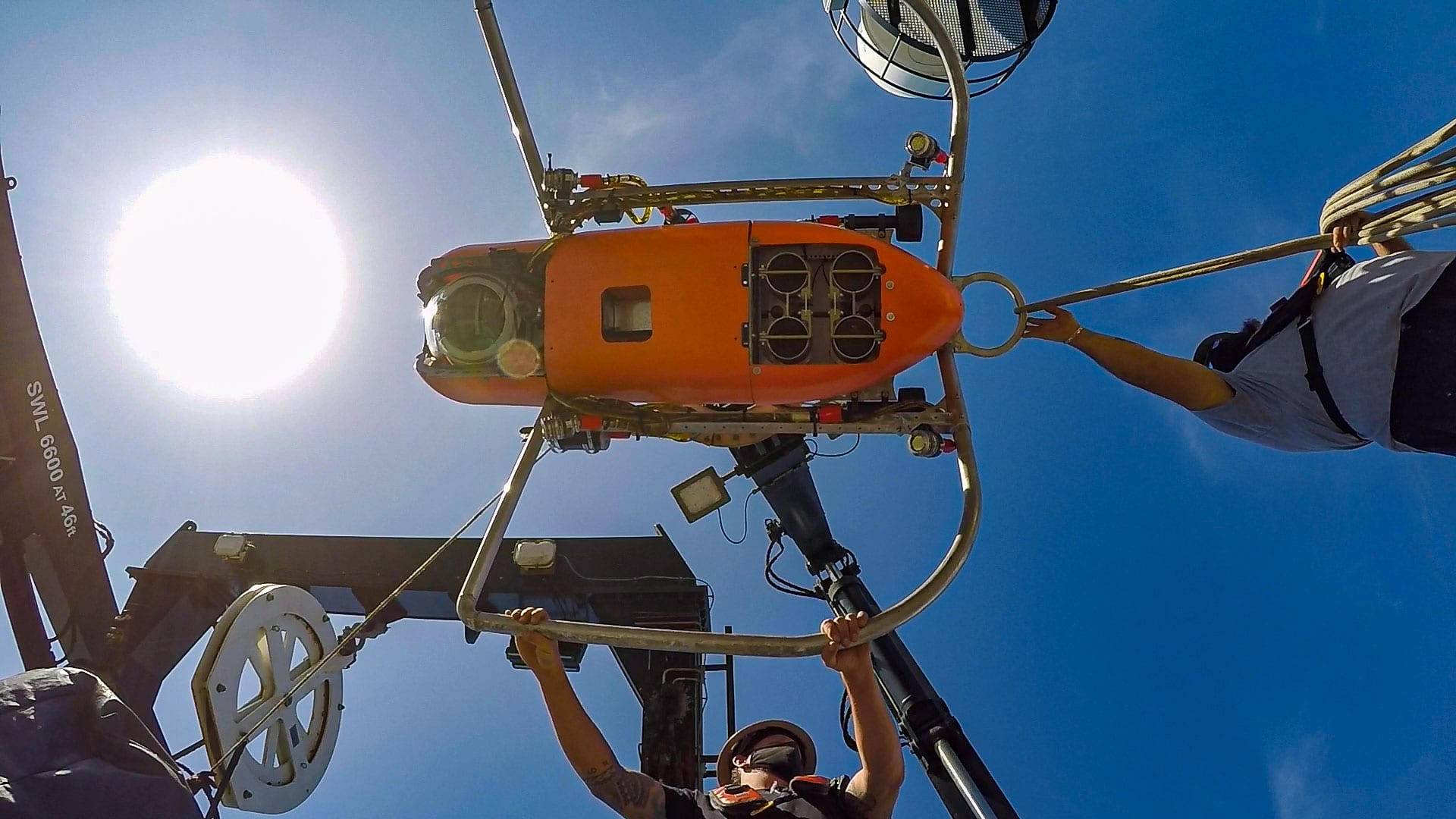Applied Ocean Physics & Engineering
A curious robot is poised to rapidly expand reef research
WHOI scientists with the Coral Catalyst Team are leveraging a new, artificially intelligent robot to automate coral reef health assessments
Read MoreAdapt or retreat:
No solution is off the table to prepare for sea level rise in Woods Hole
Read MoreThe story of “Little Alvin” and the lost H-bomb
How the famed submersible found a lost hydrogen bomb in the Mediterranean Sea during the height of the Cold War
Read MoreDOE Funding will Support WHOI Research to Support Sustainable Development of Offshore Wind
Woods Hole, MA — The Woods Hole Oceanographic Institution (WHOI) has received $750,000 in funding from the U.S. Department of Energy (DOE) to develop next‐generation autonomous robotic technology for environmental…
Read MoreHOV Alvin temporarily halts engineering test dives
Test dives for Alvin’s 6500 meter certification have been postponed, a day after the sub reached a record 5338 meters (17,513 feet)
Read MoreDevelopment of a curious robot to study coral reef ecosystems awarded $1.5 million by the National Science Foundation
A prototype of an autonomous underwater vehicle capable of navigating complex underwater environments and of collecting data adaptively over long periods of time. Daniel Hentz / ©Woods Hole Oceanographic Institution…
Read MoreMeet the Alvin 6500 Team: Lisa Smith
Alvin Certification Coordinator Lisa Smith on working with Naval Sea Systems Command (NAVSEA) to get HOV Alvin cleared for diving.
Read MoreSummer with Sentry: Intern Renee Gruner-Mitchell
Renee Gruner-Mitchell on her internship working on AUV Sentry at the National Deep Submergence Facility during the summer of 2021.
Read MoreROV Jason helps recover two other underwater vehicles
On September 2, the remotely operated vehicle (ROV) Jason aided in the recovery of two underwater vehicles, ROV Hercules and Argus, that were stranded on the seafloor near British Columbia
Read More‘Rolls-Royce’ of shark cameras can extend to turtles, whales, seals and squid for ocean’s big picture
A high-tech SharkCam invented by a Cape Cod researcher offers an unprecedented window into the lives of the ocean’s toothy predators, and can also extend to seals, whales, turtles and…
Read MoreWHOI advancing a seaweed solution to develop new kelp strains
A leader in ocean science, Woods Hole Oceanographic Institution (WHOI) is embarking on a study of how new seaweed strains could further enhance the burgeoning seaweed industry and offer solutions to some of the world’s pressing challenges. This research is funded in part by World Wildlife Fund (WWF) with support from the Bezos Earth Fund.
Read MoreCoastal Restoration & Blue Carbon
Blue carbon refers to atmospheric carbon captured and stored by the ocean, which mitigates the effects of climate change by storing carbon for long periods of time.
Read MoreReview Evaluates the Evidence for an Intensifying Indian Ocean Water Cycle
Report Calls for Better Integration of Observations, Models, and Paleo Proxies The Indian Ocean has been warming much more than other ocean basins over the last 50-60 years. While temperature…
Read MoreSpock versus the volcano
Five hundred meters below the calm surface waters of the Aegean Sea off Santorini Island, Greece, lies an active submarine volcano. There, a decision-making robot equipped with artificial intelligence searches for life and danger.
Read MoreOverhaul to take Alvin to greater extremes
Work on Iconic Sub Will Put 99% of The Ocean Floor Within Reach
Read MoreRobot Dives 3,000 Feet to Film Creatures in Mid-Ocean ‘Twilight Zone’
Bioluminescent creatures and others inhabiting the dark depths 3,000 feet below the surface in the mid-ocean “twilight zone” — beyond the reach of sunlight — are now being documented by a…
Read MoreAlvin: Pioneer of the Deep
The deep-sea submersible Alvin has brought explorers to extraordinary places for more than 50 years. Now, as Alvin is poised to continue its revolutionary scientific work, a new set of…
Read MoreWoods Hole Oceanographic Institution appoints new Chief Scientist for National Deep Submergence Facility
Anna Michel aboard the R/V Falkor for the Hunting Bubbles Cruise to the Cascadia Margin in 2018. The ROV Sebastian was used to investigate the transfer of methane from the…
Read MoreNew glider design aims to expand access to ocean science
Gliders are vehicles vital to collecting oceanographic data, but not accessible to everyone in the ocean community. A team of WHOI engineers want to change that
Read MoreUnderwater robot offers new insight into mid-ocean “twilight zone”
Woods Hole, MA (June 16, 2021) — An innovative underwater robot known as Mesobot is providing researchers with deeper insight into the vast mid-ocean region known as the “twilight zone.”…
Read MoreScience RoCS Initiative responds to need for increased ocean monitoring
Commercial ships are helping oceanographers deploy robotic Argo floats to keep an eye on hard-to-reach parts of the ocean
Read MorePapers Explore Massive Plankton Blooms with Very Different Ecosystem Impacts
Two papers explore the distribution and abundance of plankton and what conditions lead to big plankton blooms with vastly different potential impacts on the ecosystem.
Read MoreGoing the Distance
Unraveling the mysteries of the vast global ocean means entering some of the most remote and dangerous places on the planet.
Read MoreFive things to know about NOAA’s 2021 Tech Demo
Researchers prepare WHOI’s autonomous underwater vehicle, Orpheus for its first deep dive of 2021Tech Demo.
Read More
